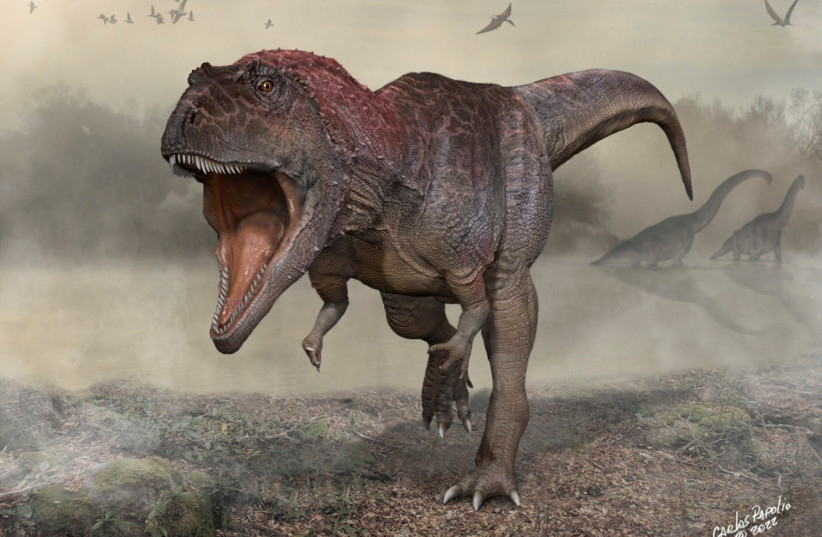Dinosaurs became extinct in an apocalypse 66 million years ago when a massive 10-kilometer-long asteroid struck Mexico's Yucatan peninsula, triggering the extinction of the famous reptiles.
A debate has since ensued over dinosaurs' overall state at the time of the fateful collision. Was the species already in decline, and the asteroid just sped up extinction? Or were they thriving in the late Cretaceous period, only to be tragically ended by the poor timing of the colossal space rock?
New research led by the University of Edinburgh, which analyzed fossil records, provides evidence that dinosaurs were indeed in their prime, not decline, at the time of extinction. The findings were published on December 7 in the peer-reviewed scientific journal Science Advances.
The research team examined more than 1,600 fossil specimens, representing virtually every type of animal that was eating and being eaten during that stretch of time, from fish, salamanders and frogs to crocodilians, dinosaurs and mammals, dating from the 18 million years before the asteroid struck — the last years of the Cretaceous period — to the first 4 million years of the Paleogene period.
Analyzing the numbers of remains discovered, the researchers concluded that dinosaurs had a thriving and stable place in the ecological web at the time of their deaths, with no suggestion in the fossil record that their food sources were shrinking.

Predicting biodiversity loss happening in our time
"If we're able to discern what kind of factors determined survivorship of freshwater fauna in the past, we might want to use that information to predict the consequences of freshwater biodiversity loss happening in our time."
Jorge García-Girón
The findings also have implications for the present, to save today's species that are not doing as well as dinosaurs reportedly were at the end of their lives, according to the study's lead author Jorge García-Girón.
"If we're able to discern what kind of factors determined survivorship of freshwater fauna in the past, we might want to use that information to predict the consequences of freshwater biodiversity loss happening in our time," he said.
